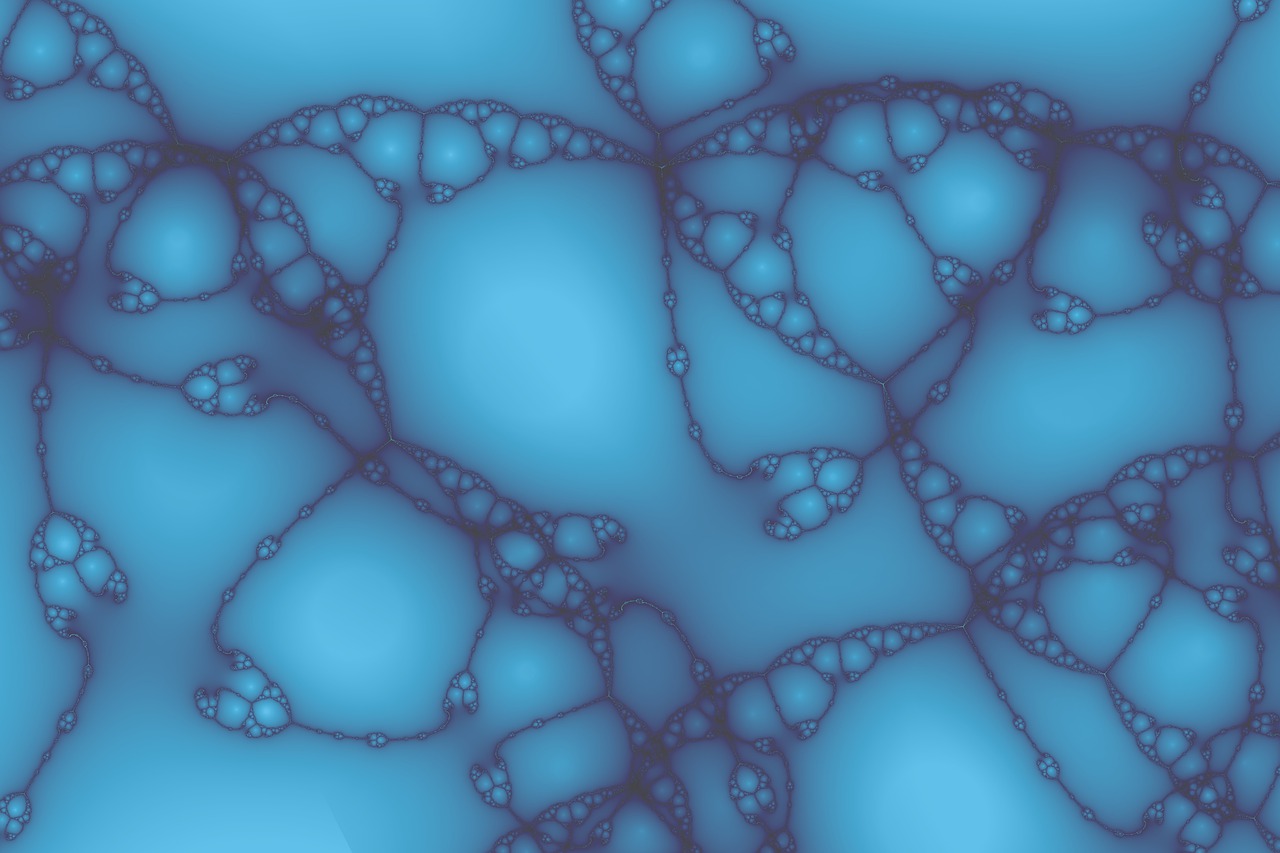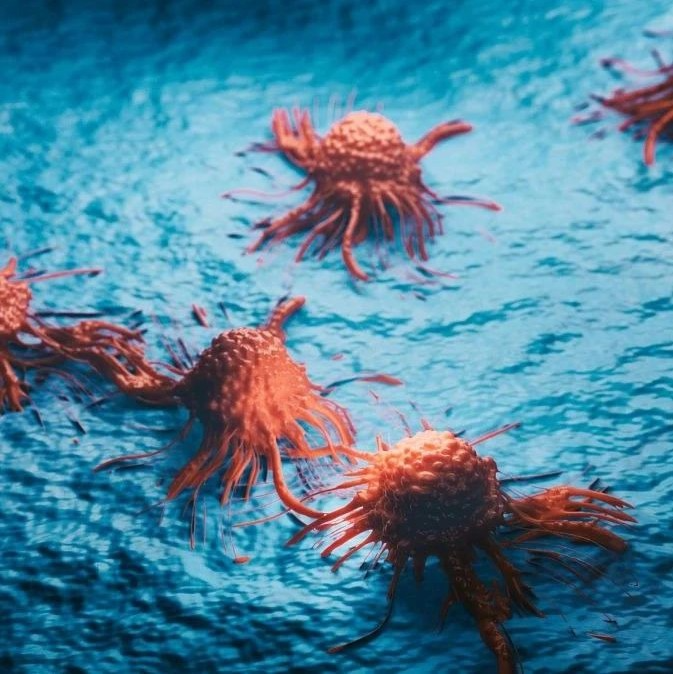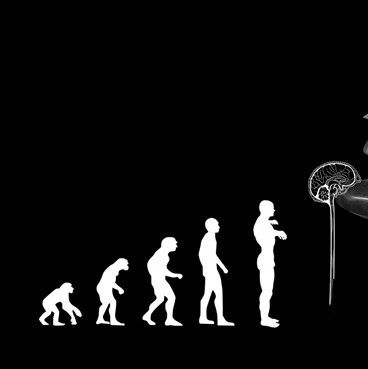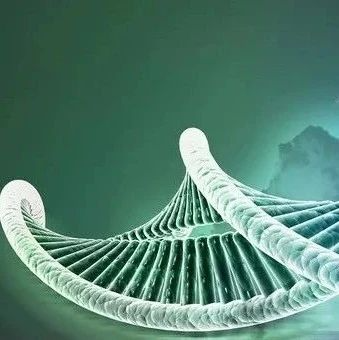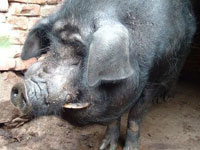
驯化使家养动物的部分性状与其野生祖先相比发生了很大改变。一个典型的例子就是毛色的变化。野生动物的毛色一般会受到自然选择的压力,而具有隐蔽(保护色)、交流(如择偶)或生理调控等功能。
然而对于家养动物来说,自然选择压力放松并被驯化过程中强烈的人工选择压力取代,使得家养动物的毛色更多的用于满足人们的需要或喜好。这种表型的改变往往会在驯化目标基因上留下人工选择的分子足迹,通过比较该基因在家养动物与其野生祖先中的变异与多样性可以找到这种证据。尽管先前的研究发现,调控哺乳动物毛色的一个关键基因黑色素皮质素受体1基因(MC1R)在家猪与野猪中存在不同的进化模式,然而由于缺乏对驯化过程中群体事件(如奠基者效应)的分析和区分,未能提供充分的人工选择证据。
在中国科学院昆明动物研究所张亚平院士和施鹏研究员的共同指导下,云南大学博士研究生李晶等对中国土著家猪与野猪的MC1R基因进行了深入研究,发现瓶颈效应与人工选择共同导致了中国家猪MC1R基因的遗传多样性降低,而强烈的人工选择导致一个与黑色相关的突变在中国家猪中迅速固定。
该结果提示,黑色家猪可能在早期驯化过程中受到了特殊偏好,这与中国古代祭祀中常用纯净黑色家猪作为牺牲的文化一致,表明MC1R是中国家猪的一个人工驯化基因。此研究不仅为揭示人工选择改变家养动物表型提供了强有力的分子证据,而且提出了一种区分瓶颈效应与人工选择作用的简单有效的策略,同时提供了一个中国古代文化偏好对家养动物人工选择造成影响的有趣范例。
推荐原文出处:
Heredity doi: 10.1038/hdy.2009.191
Artificial selection of the melanocortin receptor 1 gene in Chinese domestic pigs during domestication
J Li1,2, H Yang2, J-r Li3, H-p Li3, T Ning1,2, X-R Pan1, P Shi2 and Y-P Zhang1,2
1Laboratory for Conservation and Utilization of Bio-resources " Key Laboratory for Microbial Resources of the Ministry of Education, Yunnan University, Kunming, China
2State Key Laboratory of Genetic Resources and Evolution, Kunming Institute of Zoology, Chinese Academy of Sciences, Kunming, China
3Department of Computational Genomics, CAS-MPG Partner Institute for Computational Biology, Shanghai Institutes for Biological Sciences, Chinese Academy of Sciences, Shanghai, China
Black coat colour is common in Chinese indigenous domestic pigs, but not among their wild ancestors, and it is thus presumed to be a ‘domestication trait.’ To determine whether artificial interference contributes to morphological diversification, we examined nucleotide variation from 157 Chinese domestic pigs and 40 wild boars in the melanocortin receptor 1 (MC1R) gene, which has a key role in the coat pigmentation of Sus scrofa. Compared with a pseudogene GPIP, our results showed that the joint effects of demography and selection have resulted in markedly low genetic diversity of MC1R in Chinese domestic pigs. Coalescent simulation and selection tests further suggest that the fixation of two non-synonymous substitutions associated with black colour is the result of artificial selection. In contrast, a much higher genetic diversity and only a single non-synonymous substitution were found among the wild boars, suggesting a strong functional constraint. Moreover, our conclusion is consistent with the preference for black colour in the ancient Chinese sacrificial culture. This case provides an interesting example of a molecular evaluation of artificial livestock selection and its associated cultural impact in ancient China.


